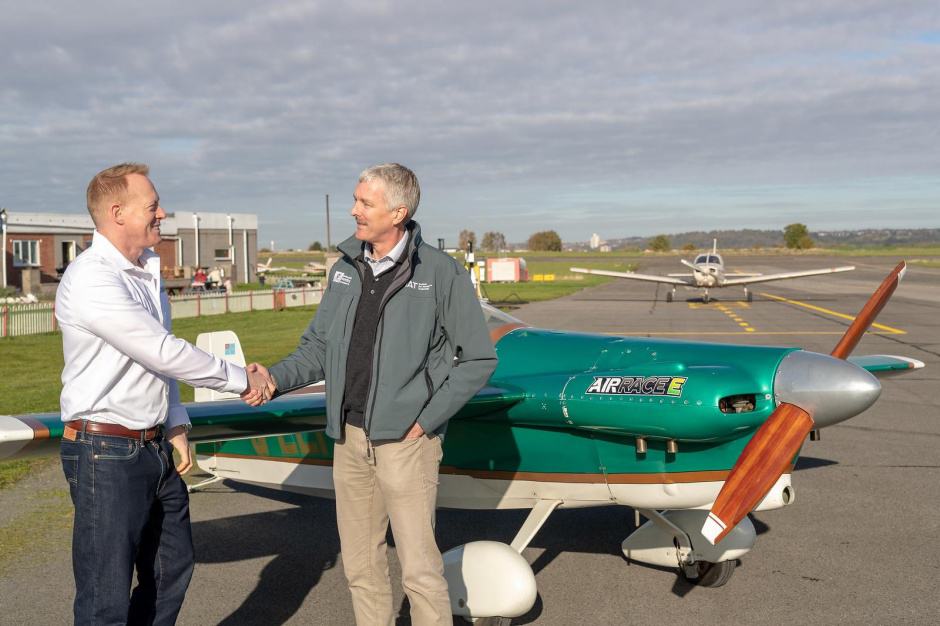
Aircraft racing, perhaps more associated with the 1920s and 1930s, is still a major spectator sport, and it is moving with the times. A recently-announced all-electric air racing series has taken a step forward with the formation of a partnership between Nottingham University and the race series, Air Race E.
Planned to launch its inaugural race in 2020, Air Race E is envisaged as being similar to Formula One pylon air racing, a competition where eight aircraft race directly against each other around a tight circuit around 1.5 km end-to-end. Promoter Jeff Zaltman, who runs the Air Race 1 World Cup, plans a race with electric aircraft flying some 10m above the ground around a tight 5km circuit.
Nottingham is already involved in electric motorsport, running an electric superbike in race series including the TT Zero on the Isle of Man. The motor from this bike will form the basis for the motor of the electric race aircraft, according to project director Richard Glassock.
“The performance and power to weight ratio are all well suited for aviation,” he told The Engineer. The timescale on the project is tight; Glassock plans to retrofit the motorbike motor into an existing petrol-powered Air Race 1 plane and begin air trials within the next 3 to 6 months. “We won’t have to make many adjustments to the aircraft, which is already a fairly simple vehicle,” he said. “Basically we just remove the petrol engine, replace it with an electric motor, replace the fuel tank with battery storage and make some changes to the cockpit displays.”
The project forms part of the University’s £13m Beacons of Excellence program, which addresses responses to global challenges including sustainable travel. The partnership between Glassock’s team and Air Race E will take in development of new materials, components and technologies aimed at the whole field of electric aerospace propulsion. Air race E is committed to developing speed, performance and power management to provide a platform for development and promotion of cleaner, faster and more to moderately advanced electric engines for civil aerospace applications.
“Air Race E is set on making the electric aviation industry move faster and we are very excited to be working alongside them to make it happen,” Glassock said.“Future transport platforms will require electrical machines and power conversion and transmission solutions which can deliver a step-change in power density, efficiency and reliability. Through strategic investment in facilities, talent and research programmes, and collaboration with academic and industrial partners, the University of Nottingham is at the forefront of this exciting revolution in aerospace, marine and automotive transport.”
At the moment, the series is in too early a stage for Glassock to be able to say how Nottingham will contribute to the series once it is launched. “The work we are doing will lead to a specification for the motor that will be used in the race aircraft,” he said. “It’s possible that it might be, in its early stages, a single-manufacturer series as the automotive Formula E series was when that started, or other motor manufacturers might choose to develop their own motors to meet the specification.




IEA report claims batteries are ‘changing the game’
A majority of rail networks are state owned. They don't need to make a profit from their poor passengers.